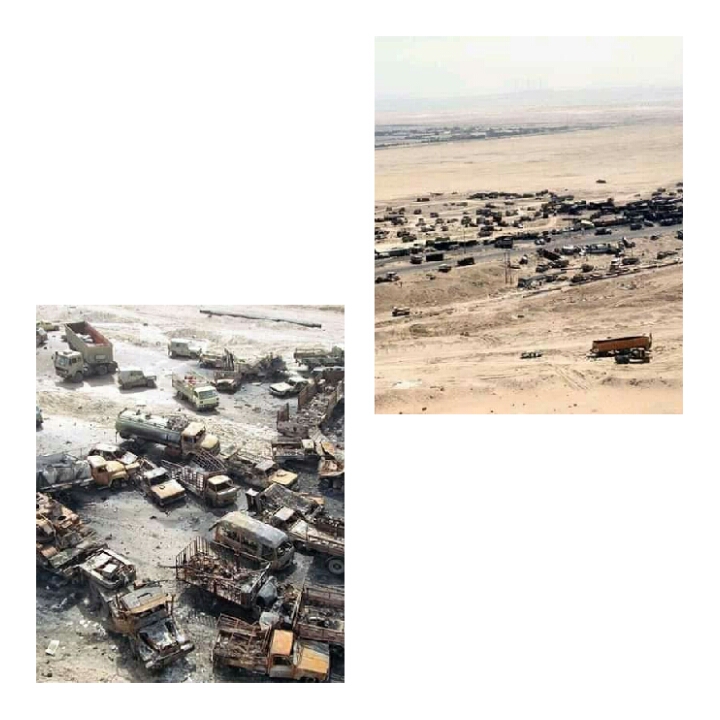The British news agency has presented a detailed report with new revelations regarding the Indian Rafale jets.
Report to According on the night of May 7, Indian aircraft appeared on Pakistan Air Force radars. As soon as the radar signals were detected, Air Chief Marshal Zaheer Siddiqui ordered the JF-10C to be scrambled.
According to Reuters, Zaheer Siddiqui issued special orders to target the Rafale jets. He had been sleeping in the control room for several days. The intense aerial battle, which lasted two hours, involved 110 fighter jets from both sides. Mayrhun estimates that this was the largest air battle in decades.
Per the Khyber Agency, the mistake leading to the downing of the Indian Rafale was due to Indian intelligence, not the Rafale itself. Ind pilots believed they were out of range of Pakistan’s PL-15 missiles.
The Indian pilots did not expect they could be targeted from such a distance. Meanwhile, the Pakistani JF-10C shot down at least one Rafale jet.
India had sent 70 jets to attack Pakistan, but Pakistan faced a shortage of Indian aircraft to target. Pak jammed Indian radars, leaving Rafale pilots unaware of the situation.
The British agency stated that Indian pilots did not anticipate being targeted from such a distance. The PL-15 missiles struck Indian aircraft from 200 kilometers away, far beyond the expected export version range of 150 kilometers.
Key Points.
Surprise and Intelligence Failure
The downing of the Indian Rafale was due to India’s intelligence failure, which underestimated the range of Pakistan’s Chinese-made PL-15 missile. The missile struck from nearly 200 km, significantly exceeding its expected export range of 150 km.
The Largest Aerial Battle in Decades.
The May 7 skirmish involved around 110 aircraft, making it the largest aerial battle in recent decades. Pakistan’s J-10C jets successfully targeted India’s advanced Rafale fighters.
Pakistan’s Effective Kill Chain
Pakistan’s superior situational awareness came from a multi-domain kill chain* network, integrating ground, air, and space sensors including the Data Link 17 system which allowed J-10s to operate undetected by shutting off their radars.
Advantage of Electronic Warfare
Pakistan used electronic warfare to disrupt Indian systems, aiding in the ambush. However, Indian officials disputed its effectiveness, particularly claiming their Rafales were unaffected.



